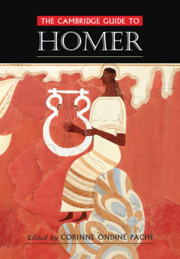In this paper it is argued that the proem of the Parekbolai on the Iliad by Eustathios of Thessalonike gives a practical example of the use to which the lessons in his work are to be put. It explores how Eustathios advertises himself as a skilful rhetorician and how he perceives the relationship between poet, commentator, and readers by examining four images that embellish the proem: Homeric poetry as the song of the Sirens, Homer as the Ocean and as a host, and the commentator as a cook.
